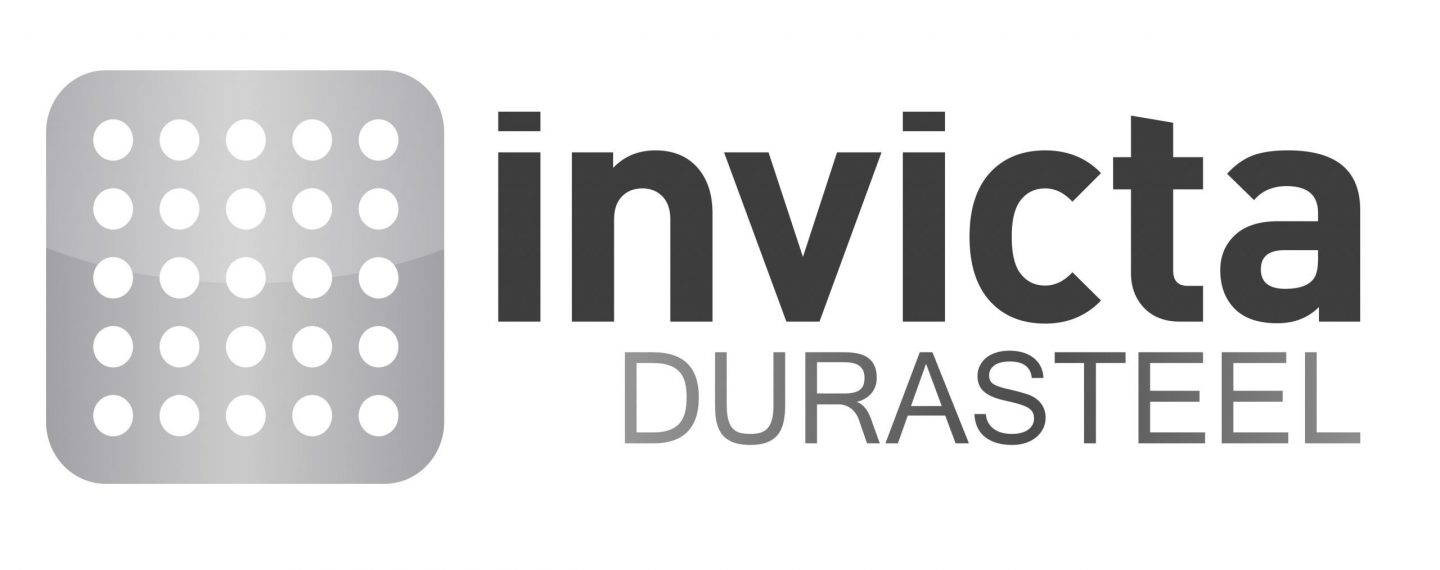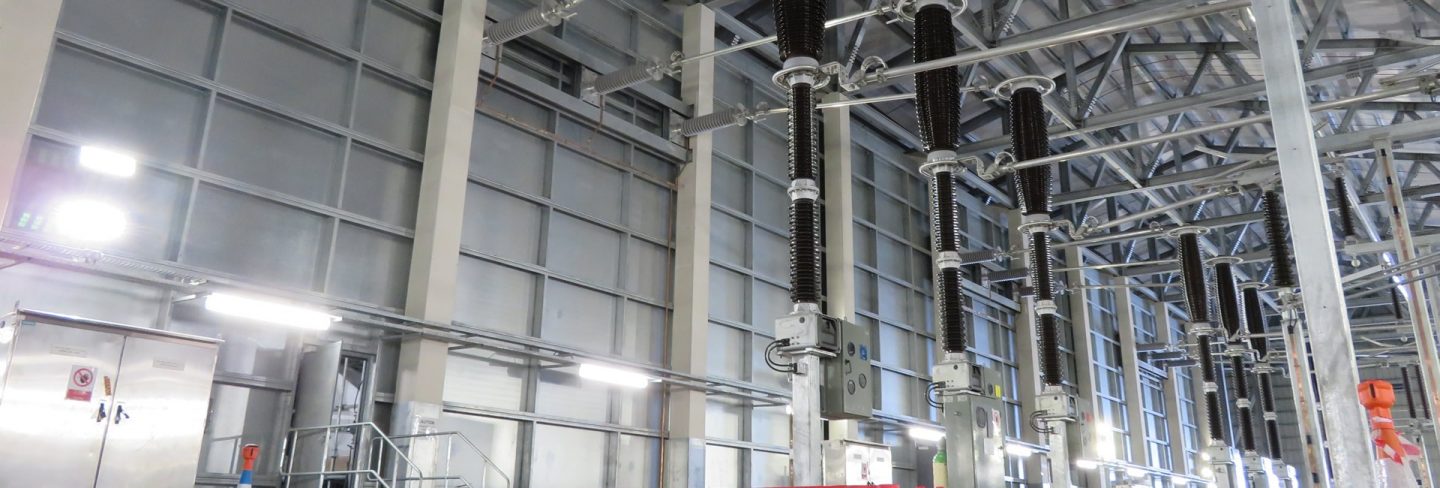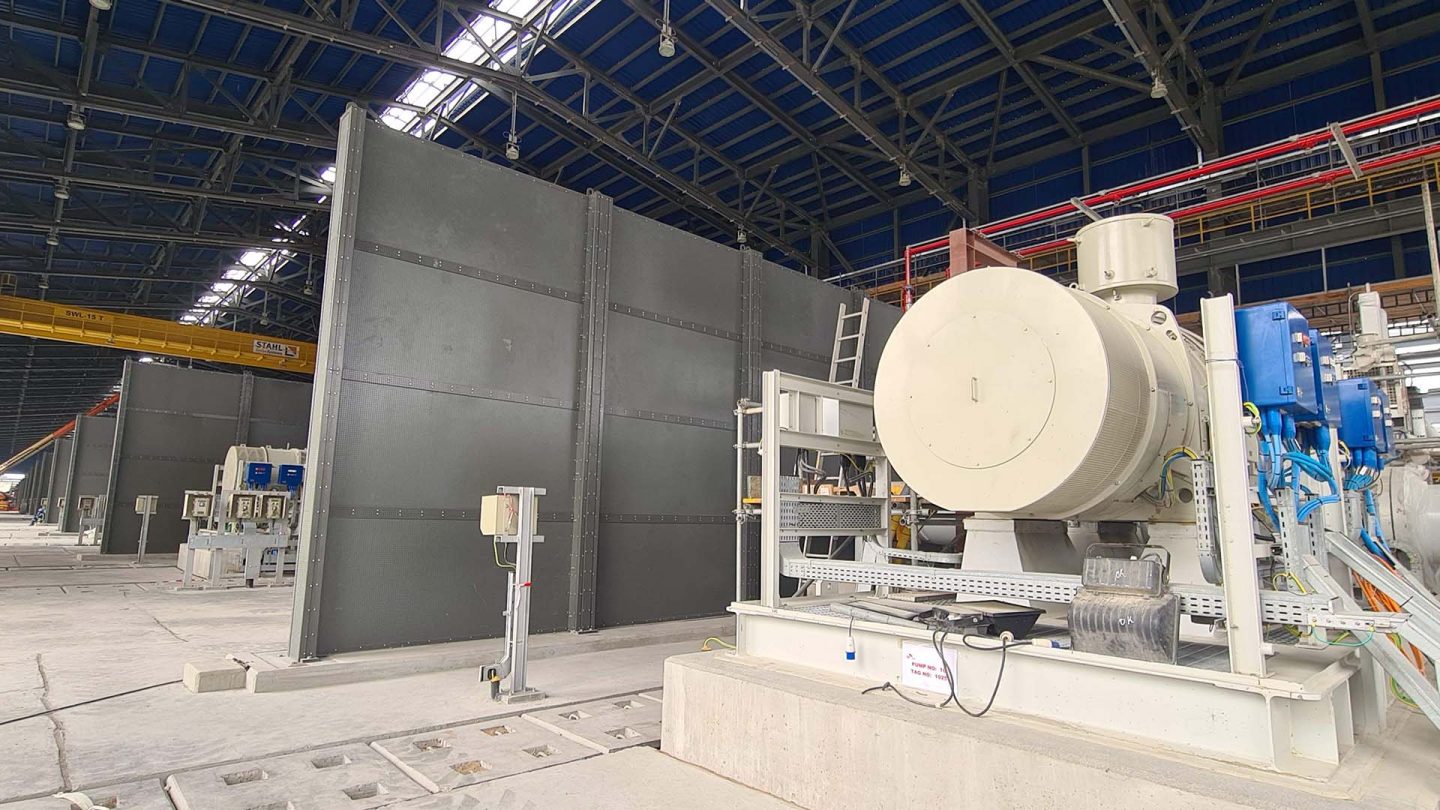For your information
You are being redirected to one of our divisional subsites which contains more detailed information on the required division. To navigate back to the main Invicta Group site, please click the link found in the footer at the bottom of the page.
- Durasteel
Discover the benefits of Durasteel
- Systems
Systems
- Expertise
Expertise
-
Applications
- Aircraft Hangar Fire Protection
- Battery Storage Facilities
- Building Fire Compartmentation
- Anti-Terrorist Blast Protection
- Cable Tunnel Fire Compartmentation
- Equipment Delivery Hatches
- Equipment Enclosures
- Heat Shields
- Power Station Fire Protection
- Metro and Rail Fire Protection
- High Voltage Cable Protection
- Substation Fire & Blast Protection
- Tunnel Fire Protection
- Oil & Gas Fire & Blast Protection
- Ventilation Systems
- Wind Farm Fire Protection
-
Applications
- Projects
- Insights
Insights
-
Articles
- The benefits of passive fire protection for businesses
- What BS 9991 changes mean for building fire safety
- Does the rise in electric vehicle fires pose a risk to buildings?
- What Boeing’s downfall says about safety culture
- Does AI pose a threat to fire safety?
- What we can learn from the Grenfell report
- Frequently Asked Questions
- A to Z of Terms
-
Articles
- Contact
Contact

UK +44 1843 220 256

US +1 305 328 9444

UAE +971 4 277 6225

Qatar +974 4441 4340

India +91 79945 14049

Malaysia +60 16 286 6225
- Start your project
How rail modernisation can boost the Indian economy
19th November 2018
Quick Quote
Contact Fraser Shearer Sarun Vysakham Ben Tan Anand Raghavan Anand Raghavan Our USA Office
To get a quotation or arrange a free site survey - Call Fraser Shearer Sarun Vysakham Ben Tan Anand Raghavan Anand Raghavan Our USA Office on
-
 UK
UK
-
 UAE
UAE
-
 Malaysia
Malaysia
-
 India
India
-
 Qatar
Qatar
-
 USA
USA
Current location:
Quick Quote
Contact Fraser Shearer Sarun Vysakham Ben Tan Anand Raghavan Anand Raghavan Our USA Office
-
 UK
UK
-
 UAE
UAE
-
 Malaysia
Malaysia
-
 India
India
-
 Qatar
Qatar
-
 USA
USA
Current location:
How rail modernisation can boost the Indian economy
India’s rail network is the fourth largest in the world by route length, and is believed to be the most heavily used. In spite of this demand, however, the network has been neglected. Unreliable, expensive freight and overcrowding has led many to turn to the road networks, alleviating some of the burden on rail services that’s been balanced with a major fall in revenue.
Prime Minister Modi has made rail modernisation a keystone policy, with much funding promised but relatively little action so far. This needs to change, and not just for the sake of existing rail passengers. Modernisation of India’s vast rail network has the capability to help the environment and drastically improve India’s image as a business destination.
On the agenda
The signs were positive when Narendra Modi took power in 2014. The son of a train station tea seller had lofty goals for modernising the rail network, including complete electrification of its 67,000km of tracks, something achieved by no major rail network in the world. This and other changes, including escalators and WiFi at all stations, have been slightly modified as of 2018: all such changes are now to be made only where it is cost effective to do so.
In spite of this setback, tangible progress is being made. The country’s first ever bullet trains have had their designs finalised, while development of mass transit systems in India’s major cities continues apace. Mumbai, Calcutta, Delhi and numerous other cities now have well developed metro systems, which continue to be upgraded and expanded in accordance with rising demand. All of this has taken place over the last twenty years or so, and speaks to the importance placed on public transport in India.
One very visible need for an improved railway network is pollution. 2018 has been the worst year in a longstanding pollution crisis across India, with smog choking many cities through the summer months. Reducing motor transport in favour of electrified railways would help to make a dent in this, although much also relies on preventing the burning of fuel and waste. Yet this is much more than a vanity project, or even a public service.
Passenger numbers have swelled with no real investment in dated infrastructure, with some areas still using lines and stations from the Victorian and colonial eras, with little in the way of adornment or anything more than spot repairs. Outdated logistics meanwhile lead to frequent delays, while freight is expensive given the quality of the service. It is widely recognised that change needs to happen, and at a greater pace than it is presently.
Transport safety
One critical element of both an efficient service and an attractive one for business is safety. India’s rail network dates back to colonial times in many places, with old train stock featuring manual doors and lacking safety features. The country has become notorious in foreign media for pictures of individuals riding on trains; although this does not paint a representative picture of transport in India, it is emblematic of the issues with safety and overcrowding on some services.
Safety is also an important consideration at stations, which themselves are often hundreds of years old and in need of expansion. This is also true of underground stations, which by design offer more limited routes of egress in case of an emergency. Countries such as the UAE and Qatar have made a particular point of protecting metros, airports and other transport hubs against fires and acts of terrorism by using Durasteel fire protection throughout their sites.
An amalgam of steel sheeting and concrete, this durable material is highly blast resistant, and protects from fires for up to four hours. Opting for such comprehensive passive protection is an ideal way to demonstrate that safety is of paramount importance, and reflects a commitment to passenger safety throughout the renovation of the network. It is also pragmatic, as disasters such as the Kings Cross fire in London demonstrate the damage fires can cause in underground spaces.
Newer trains feature electric doors to prevent unsafe boarding and deboarding, and are generally more reliable, reducing the risk of mechanical failure. They also have the capacity to run much faster, provided that the rails and signalling are upgraded to support this. Plans to introduce the European Train Control System 2 signalling system have been put on hold while testing is carried out; such a system would improve efficiency and safety.
One of the problems which leads to derailments on the current network is insufficient headway – in other words, the time between trains travelling on the same stretch of rails. A more reliable signalling system would prevent this, and provide more clarity and automated warning signals to drivers, preventing them from moving forwards or switching tracks when it is not safe to do so.
Momentum for change
The modernisation of India’s railroads and the further development of rapid mass transit systems follows a pattern across Asia. With Japan’s world-beating rail network enhancing its position in the global economy, others are now recognising the importance of rail to encourage economic growth in the region, and to cater to its growing populations. The most obvious sign of this is that 26 countries (including India) are now signed up to the Trans-Asian Railway project, a bid to connect countries across the continent with a unified freight network.
One notable example of placing value in rail is the United Arab Emirates. India’s 3rd largest trading partner had an extremely limited rail network until around ten years ago, but now boasts highly efficient metro, tram, monorail and shuttle systems in Dubai, with another metro planned for Abu Dhabi. The mutual relationship between the two countries has led the UAE to lend its expertise and funding to India’s modernisation project, with a $75 billion railway fund in the works.
China has been another major Asian economy to see the benefits in strong rail networks. The country boasts the 2nd largest rail network in the world, with almost two thirds of its 127,000 km being electrified, linking manufacturing hubs such as Shenzhen to cities like Shanghai. China has also made a point of developing rail links between itself and neighbouring countries through its ‘Belt and Road’ programme, in which it invests billions in infrastructure to forge political and trade links.
Effective transportation at both short and long distances is inarguably a key driver of economic growth, helping businesses to transport and attract both people and resources. This is particularly true of a country like India, whose inter-city rail networks must accommodate for both a high population density and large distances between towns and cities. India also has a particularly strong manufacturing base, a central location between Africa and Australasia, and businesses spread between several important cities, emphasising the need for speedy travel.
Economic potential
India is already a vast economy, but has the potential for so much more growth. A country of such size and influence does not need to be languishing behind the UK, France or Japan in GDP rankings. To achieve this however requires foreign investment, and to retain and draw talent from across the world. This comes down to both improving the practicalities of starting a business in India, and the desire of people to live there.
Issues such as pollution, rail efficiency and rail safety are the lens through which much of the world sees India, rather than the incredible talent and opportunities it has to offer as a base and a market for businesses. Modernising the Indian rail network would be emblematic of a change to welcome the world, and would improve the realities of life there for businesses and citizens. Completing Prime Minister Modi’s project could be a generational leap in how the world sees India, and how Indian businesses court the world.
Accreditations & Affiliations











SpecUp - System Specification Wizard
Answer the 5 short questions below to receive your recommended Durasteel system specifications. Hover over the ? icons for a brief explanation.
Question 1/5
Type of system required?
Question 2/5
Fire rating required?
Question 3/5
Fire integrity-only or integrity and insulation?
Question 4/5
Fire attack risk from one side or both sides of the system?
Question 5/5
Blast rating required in addition to fire rating?
Creating your results page
Thanks for completing the SpecUp, you’ll be redirected to your results shortly.
Click here if you aren't redirected after a few secondsStart your project
Tell us about your project. Please complete this form. One of our sales team will come back to you with more details. If you prefer, you can drop us an email.




Share/Like this page